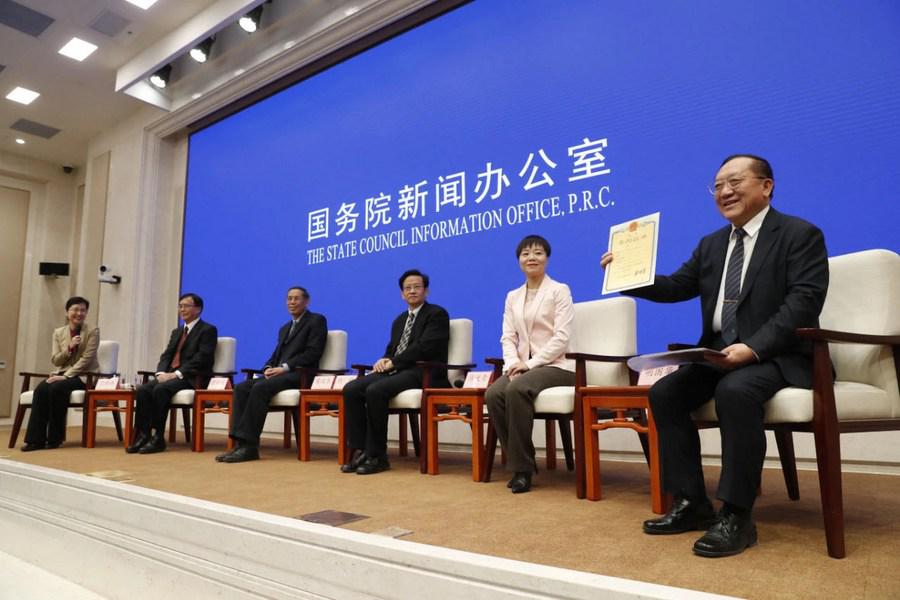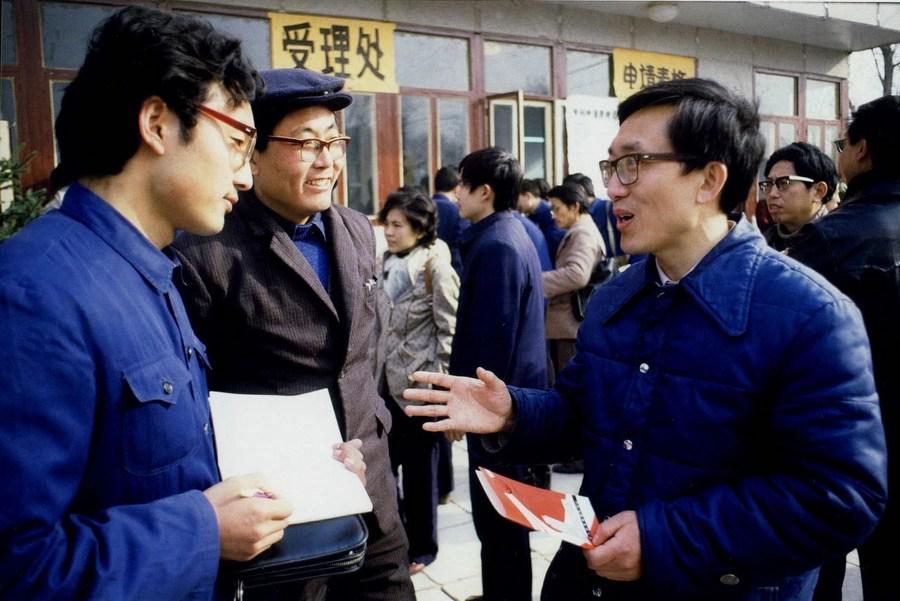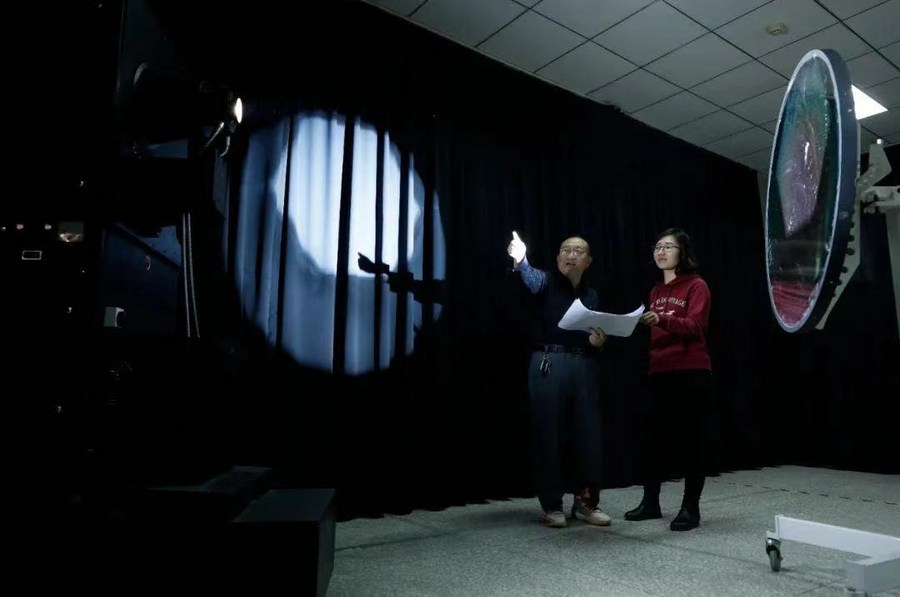First patent holder witnesses China's IP progress

Hu Guohua, who submitted China's first invention patent application, shows his patent certificate issued 36 years ago at a press conference held in Beijing, on Dec. 11, 2018. (Photo provided to Xinhua)
BEIJING, May 27 (Xinhua) -- Thirty-six years ago, Hu Guohua queued overnight outside China's patent office to apply for a patent. The next day, April 1, 1985, China's Patent Law came into effect, and the office received more than 3,400 applications.
Eight months later, Hu got a patent certificate. Newspapers splashed photos of the spectacled engineer, who became the country's first patent rights holder.
"The patent system has recognized the value of knowledge, galvanized innovation and fostered development," Hu said in a recent interview.
In 1966, after graduating from Shanghai-based Fudan University, Hu became an optical researcher at an institute under the former Ministry of Aerospace Industry in Beijing.
At the time, most people were not aware of the concept of the intellectual property (IP). With recommendation letters, researchers could get access to each other's inventions easily.
Such practices helped popularize technologies, but could not protect the work and ideas of inventors, which would hinder innovation in the long run, Hu said.
When he learned that China would implement the Patent Law, he decided to try for a patent.

Hu Guohua (R) speaks to news reporters after submitting his first patent application on April 1, 1985. (Photo provided to Xinhua)
Hu learned that patented inventions should be novel, creative and practical.
"At that time, many of my inventions were made public through exhibitions and academic papers, so they were no longer novel. Therefore, I chose an invention being developed, a color display device to help analyze satellite images."
Hu's patent certificate has been in the National Museum of China collection since the patent expired. He kept a copy: "This is an important record of my innovative work."
He started a company in Beijing in 1986 and now has patent rights on at least 10 inventions, including laser anti-counterfeiting labels for tobacco products and laser surgery equipment for treating myopia.
He believes the utility of patents is important and inventions should be made available to the public.
"Nothing is more exciting than innovations that can solve problems in real world," Hu said.
The 78-year-old scientist has never stopped innovating, and he has witnessed China's growth into a veritable IP power.

Hu Guohua (L) discusses an optical device project with a scientist at the National Astronomical Observatories of the Chinese Academy of Sciences in Beijing, on April 2, 2021. (Photo provided to Xinhua)
In 2019, China surpassed the United States as the top source of international patent applications filed with the World Intellectual Property Organization, and it stayed ahead with 68,720 applications in 2020.
Competition has become much fiercer, but there is no need to queue to file an application as Hu did 36 years ago. The National Intellectual Property Administration (NIPA) has more than 40 centers nationwide, offering quicker services and reducing the duration and cost of IP protection.
The country's patent examination is one of the world's most efficient. Last year, the processing time for high-value patents was reduced to 14 months, and it will be further shortened by the end of this year, according to the NIPA.
In recent years, the Chinese government has sought to shift the focus from improving IP quantity to quality, in an effort to boost true indigenous innovation.
China has listed 20 main targets for economic and social development during the 14th Five-Year Plan period (2021-2025). The goal of "the number of high-value patents owned per 10,000 people to reach 12" was set for the first time.
The IP watchdog also released policies this year, including ending all patent subsidies and cracking down on improper behavior, to correct the blind pursuit of patent quantity.
And further efforts will be made to promote the transfer of patents and prevent them from lying dormant forever. The NIPA plans to offer monetary incentives, worth 100 million yuan (about 15.6 million U.S. dollars), to provincial-level regions that boost the efficiency of patent technology transfers for small and medium-sized enterprises.
Hu is happy to see the progress. He is working with scientists at the National Astronomical Observatories of the Chinese Academy of Sciences on a light-emitting device of a solar simulator he invented. He hopes this patented invention can be utilized in more research and benefit more people.
Photos
Related Stories
- China's patent grants, applications grow in B&R countries
- IP protection needed for cultural creative industry to grow further
- China leading in growth rate of 4th Industrial Revolution innovation: patent study
- Upcoming patent fair to focus on IP role in economic development
- China, Europe to start pilot program on international patent search
Copyright © 2021 People's Daily Online. All Rights Reserved.










